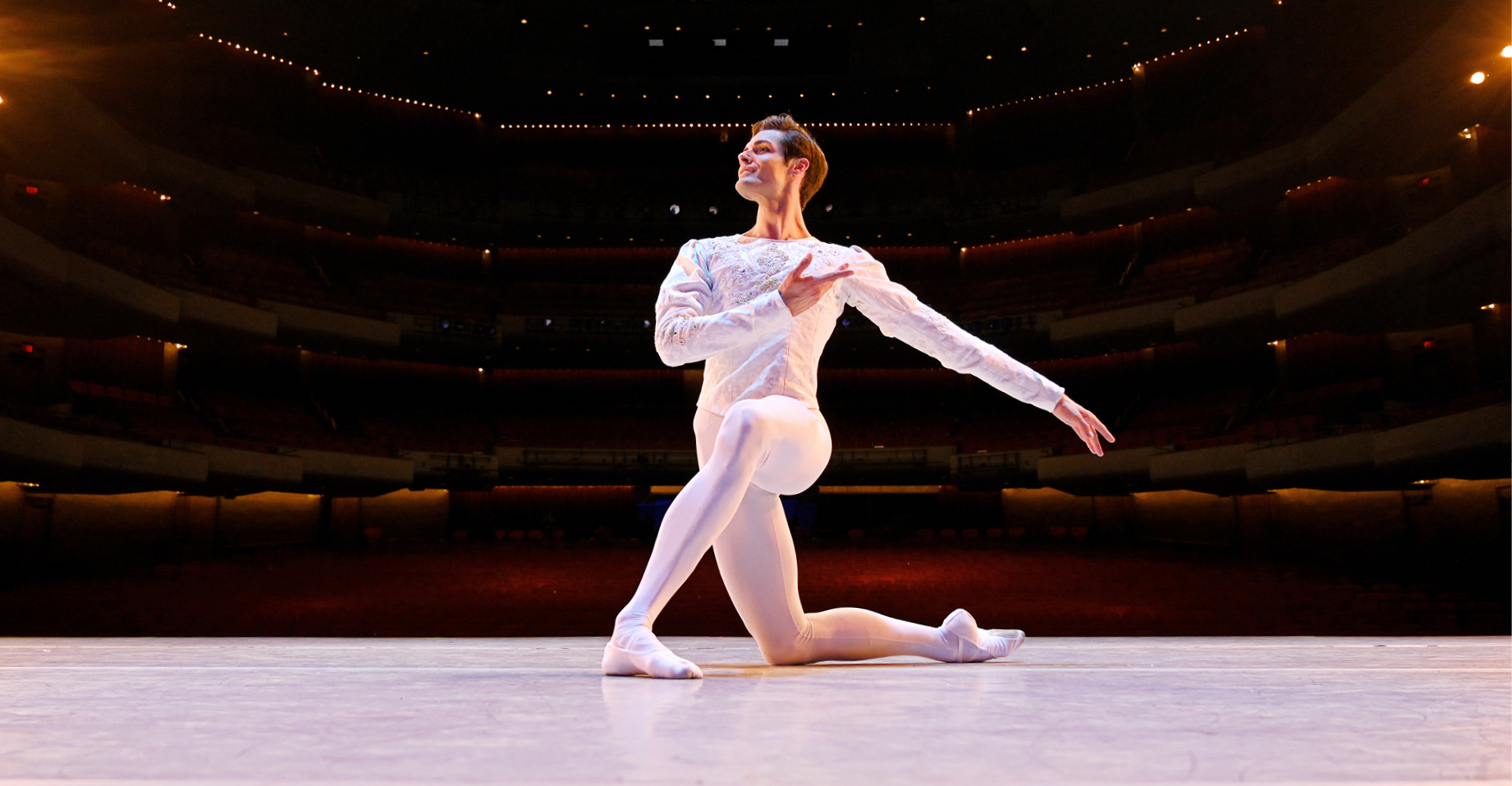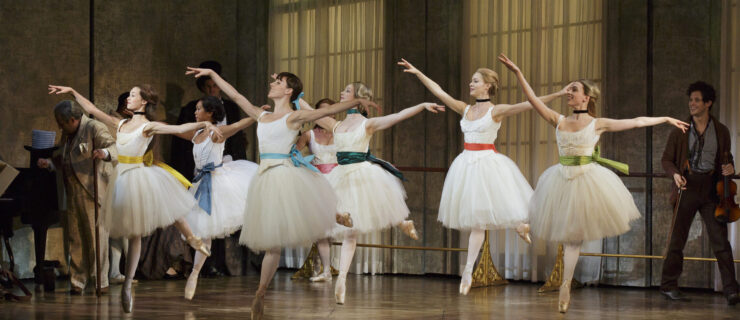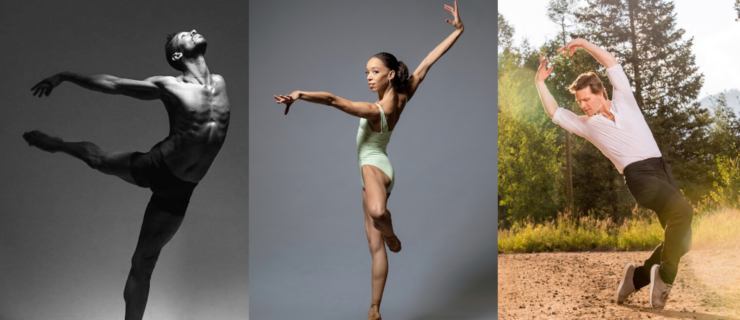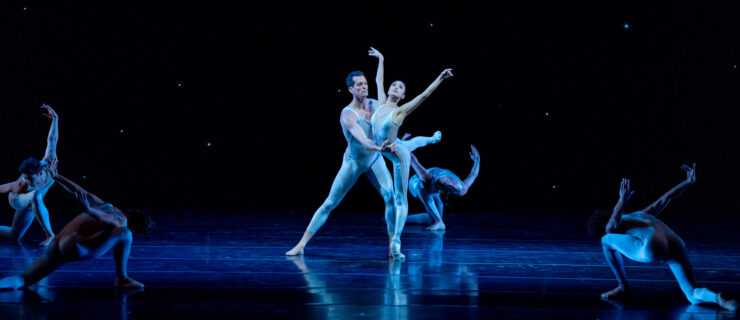Jacopo Tissi on His Return to Milan, and to La Scala
In 2016, a few years after David Hallberg’s famous move to the Bolshoi Ballet in Moscow, the Italian dancer Jacopo Tissi took a similar step. A product of the Ballet School of the Teatro alla Scala, he had been quickly singled out for principal roles at La Scala, including Prince Désiré in Alexei Ratmansky’s historically informed production of Sleeping Beauty, which the company co-produced with American Ballet Theatre. The year after that debut, he joined the Bolshoi, where he went on to dance much of the classical repertoire, as well as new works by Ratmansky, Yuri Possokhov and Mauro Bigonzetti. In January 2022, the Bolshoi promoted him to principal dancer.
Now, quite suddenly, his Bolshoi tenure has come to an end. In the days before Russia invaded its neighbor, Ukraine, Tissi was in the process of rehearsing a new work by Ratmansky, based on Bach’s The Art of the Fugue. Then, on February 24, Russia invaded. Ratmansky, who is half Ukrainian, left Moscow that morning. In the ensuing days, as the gravity of the situation became increasingly apparent, Tissi made the difficult decision to leave. On March 4, he flew out of Moscow and returned to Milan, where his family is based.
A few weeks after his arrival, it was announced that Tissi would become a principal guest artist with La Scala, which is now under the direction of Manuel Legris. Tissi was recently in Tampa to take part in a gala performance at the Youth America Grand Prix competition.
I caught up with him by phone shortly after his return from Florida.
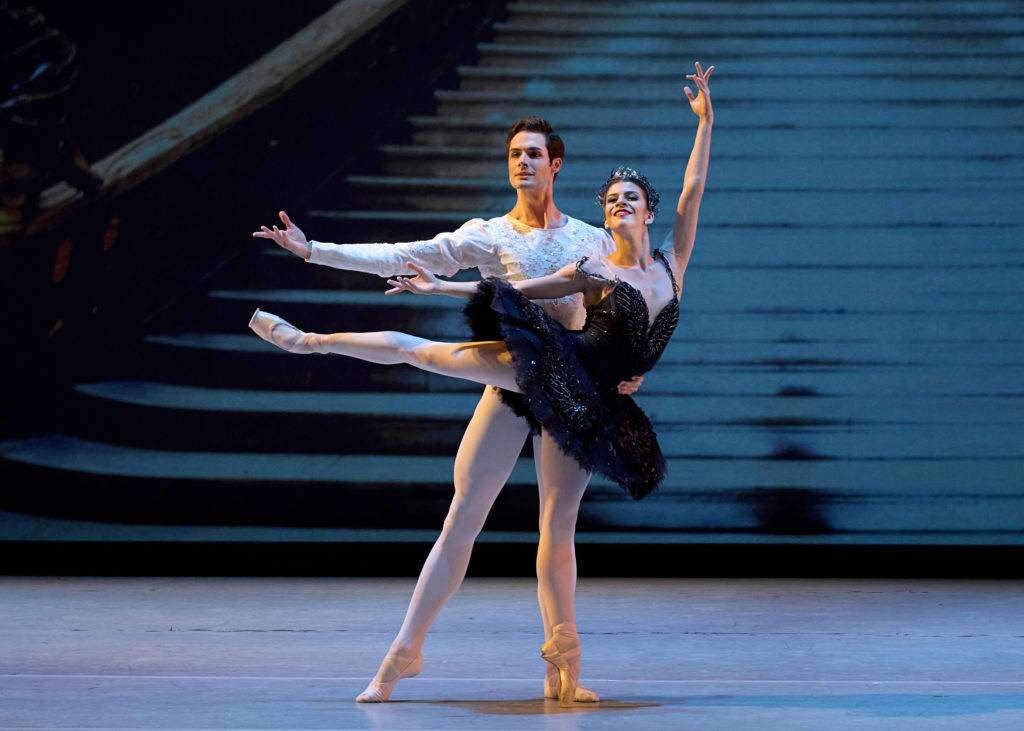
Was this your first time in the U.S.?
I had been there once before, at Lincoln Center, for a performance of Jewels in 2017 that involved New York City Ballet, the Paris Opéra and the Bolshoi. I danced “Diamonds”with Alena Kovaleva.
It must seem like another world.
Yes, so much has happened.
What is it like to be back home in Milan?
It was such an unexpected and abrupt change, it has taken me some time to grasp the situation. On the one hand, returning to begin this new chapter in Italy, after such an important period, is positive. And it’s nice to be with my family. But it’s all difficult to grasp.
In the days and weeks before the invasion, could you sense that something big was coming?
There was a sense of worry. We could see something was happening, but we couldn’t be sure what it was until it actually happened.
When did you realize how serious it was?
The escalation was very fast. A few days after the declaration regarding the two independent states [Putin declared the Ukrainian regions of Donetsk and Luhansk to be independent on February 21], it was like a domino effect. I could see the situation wasn’t improving, and felt a change in the atmosphere around me, and that’s when I made my decision to leave on March 4.
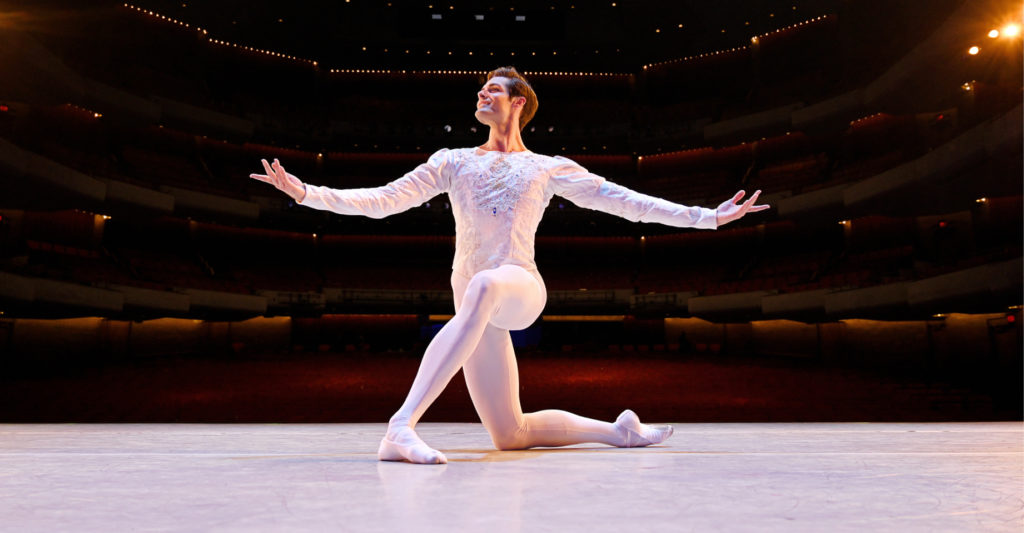
You were in the middle of the creation process for The Art of the Fugue when the war started. What was the atmosphere in the studio like?
When we are in rehearsals, we’re in a bubble. I didn’t feel any tension or strangeness. Alexei is a very calm person. Like us, when he’s creating something he focuses on the task at hand. Perhaps in private he’s different.
What factor made you decide to leave?
I looked inside myself. In our work, in order to express ourselves, we need to feel a certain harmony and calm in relation to the world around us. When this conflict arose, and the Italian government began encouraging its citizens to leave Russia, and I saw that borders were beginning to close, I realized it was time to go.
It must have been hard.
Yes. First of all, no one could expect such a thing could happen. But also, when you live somewhere for five years, you form bonds, with friends, teachers, the theater. The idea of making such a sudden life change—a change that is forced upon you—is not easy. It is a sad time for me, a difficult moment.
Were you able to fly directly to Italy?
No, it took longer than usual. I flew to Istanbul, and from there to Rome, and from Rome to Milan. But I can’t complain. We’re seeing people cross borders on foot, fleeing the war in Ukraine. My situation was a privileged one.
Do you think you will be able to return to Russia and to the Bolshoi?
It’s hard to say. I hope that the situation will change, and, obviously, that the war will end. But, given the shock of what has happened, it is almost impossible to foresee.
When you left, did you know you would have a spot at La Scala?
No. I didn’t have a plan. I just left. A few days after my arrival in Milan, I reached out to La Scala to ask if I could take class. Then I spoke with Manuel Legris, and few days later he offered me this position.
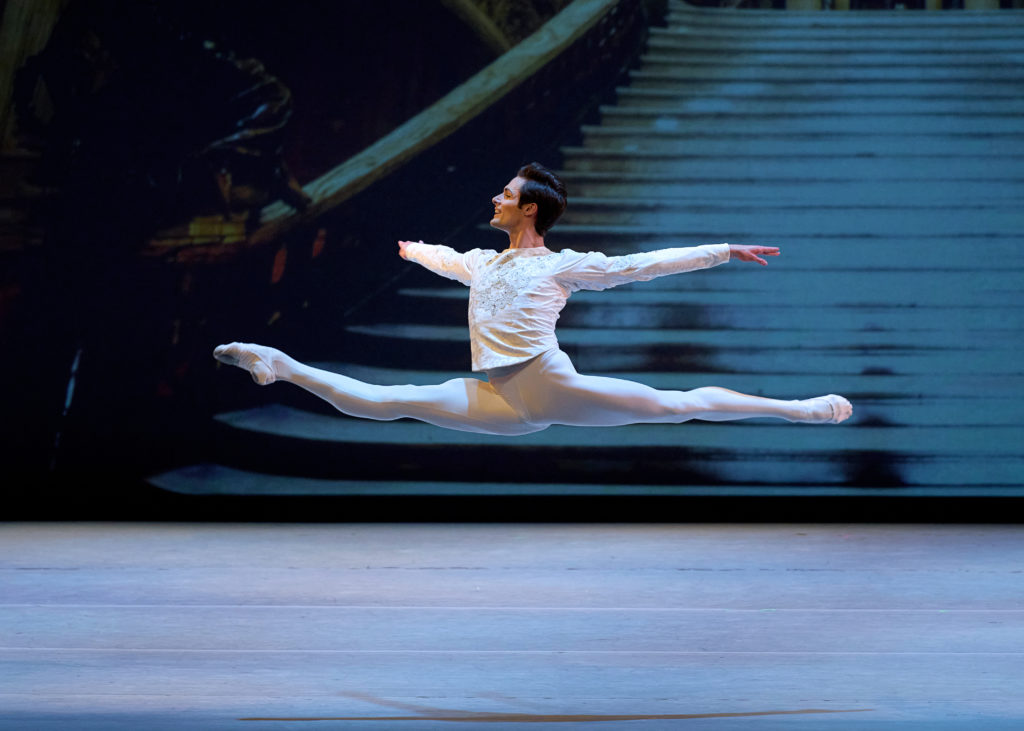
What does this position—resident guest principal—entail?
I’ll be based in Milan most of the year. But I will also be able to guest with other companies, and have a bit more flexibility. At the Bolshoi, I was so busy that I had fewer chances to spend time at other companies.
What shows are you looking forward to?
In May I’ll be at the Rome Opera for Le Corsaire, and then my first show at La Scala will be Giselle in July.
You’ve already danced Giselle at the Bolshoi, haven’t you?
Yes, but I danced in Alexei Ratmansky’s [historically informed] production. That is the only Giselle I’ve ever done. The traditional staging will be new to me.
You studied at La Scala. Do you consider yourself a product of that particular school?
I studied in Milan for eight years. It was my base. And then I continued to learn and grow at the Bolshoi, to build myself as an artist. These five years at the Bolshoi were fundamental to my becoming the artist I am. The Bolshoi has a very strong style that I will carry with me forever.
What is special about the Scala school?
The students in Milan have a very strong, very solid base.
And what did the Bolshoi give you?
It has this amazing system of transmitting knowledge from teacher to student. This is how the style is passed down. I worked for five years with Alexander Vetrov, who was my coach in Moscow. With him, I significantly improved my jumping technique, and he helped me to grow artistically. Working together, every day, he transmitted the Bolshoi style to me. This way of working is so unique.
You were often paired with Svetlana Zakharova at the Bolshoi, weren’t you?
Yes, but I also got to dance with almost all the principal women at the Bolshoi, and I had a wonderful experience with all of them.
Was partnering something you brought with you from your schooling?
At the school at La Scala, we performed a lot. And this gave us a lot of stage experience, which helped.
Was it difficult to say goodbye to Zakharova, whom you had danced with so often?
Yes. We’ve been close, both professionally and personally. She was one of the people I found the hardest to leave. I really hope this situation will come to an end so we can make art together again.
What will you miss the most?
I will miss the theater, and my colleagues. My teacher, [artistic director] Makhar Vaziev, Svetlana, my friends. It’s not easy, not knowing how long we will be apart. The wound is still fresh. But I know that it is also important to look ahead and move forward.
